Table of Contents
ToggleSources
- https://www.archives.gov/electoral-college/about
The National Archives provides an authoritative explanation of the Electoral College, its history, and its function, directly supporting the post's discussion on its formation and purpose. - https://www.britannica.com/topic/Electoral-College
Britannica offers a detailed overview of the Electoral College, including its historical context and the framers' intentions, which aligns with the post's exploration of its origins and rationale. - https://www.history.com/topics/us-presidents/electoral-college
History.com provides historical insights into the Electoral College, including its role in past elections like 2016 and 1992, supporting the post's examples and claims about its impact. - https://www.brookings.edu/blog/fixgov/2020/10/21/can-the-electoral-college-be-subverted-the-12th-amendment-and-the-count-vote-of-1877/
Brookings Institution discusses the Electoral College's role in protecting minority interests and maintaining a two-party system, which backs the post's arguments about its safeguards and political effects. - https://www.fec.gov/introduction-campaign-finance/how-to-run-for-president/
The Federal Election Commission (FEC) outlines the electoral process, including the Electoral College's role in campaigns, supporting the post's claims about how it simplifies campaigning and reduces costs.
Key Points
- The Electoral College was established as a compromise between a nationwide popular vote and congressional appointment for electing the President.
- It ensures minority rights by preventing majority dominance and requiring a candidate to secure at least 270 electoral votes to win.
- The system promotes a two-party political structure, limiting radical ideas and giving voters the power to initiate changes every four years.
- It eliminates the need for a candidate to win a 50% majority of the popular vote, as seen in elections like 2016 (Trump) and 1992 (Clinton).
- The Electoral College reduces the likelihood of nationwide recounts, which would be costly and complex.
- Campaigning is more manageable and cost-effective as candidates focus on swing states rather than every state.
- Proponents argue that abolishing the Electoral College would increase campaign costs and exacerbate campaign finance issues.
- The system has historical significance, with five instances where the president lost the popular vote but won the Electoral College.
Summary
The Electoral College was established by the U.S. Constitution's framers as a compromise between a popular vote and congressional appointment, ensuring minority rights and maintaining a two-party system. It allows candidates to win without a majority popular vote, avoids costly nationwide recounts, and simplifies campaigning by focusing on swing states. Despite criticisms, it remains a unique feature of American elections, balancing state and voter interests.
Reasons Behind Formation of Electoral College
The framers of the United States Constitution established a compromise in the supreme law when laying the foundation of their new country. The Electoral College provided a compromise option that restrained the election of a president by nationwide vote or appointment by Congress. This sets it apart from the rest of the world’s electoral systems, particularly since all the other elections in the US apply the popular format.
The present format of the Electoral College comprises 538 electors. The Electoral College vote sees the election of the President and the Vice President for a four-year term. To win the presidency, you must get a simple majority of votes from the electors. Every state receives an allocation of electors equivalent to the number of representatives in both houses.
If you have been wondering why the Electoral College was created in the first place, you have come to the right place. This article will discuss the key reasons behind the formation of the Electoral College. Read on to find out.
To Guarantee the Rights of the Minority so that the Principle of Equal Protection Lasts
One of the critical roles of the Electoral College is that it ensures the best interests of the minority groups are safeguarded in every election. It provides every community an opportunity to determine the right course of action for the country during the electioneering period. The Electoral College anticipates the selected electors to cast votes in resemblance to the people’s will. Even though it restrains the popular vote majority from having ultimate control over the results of an election, the candidate declared the winner must gather a minimum of 270 electoral votes to win the White House race.
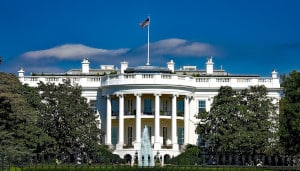
Although the leading candidates in the 2016 presidential election overlooked the states where they believed there was no chance of success, the results demonstrated that every state is flippable given an opportunity.
To Make the US a Two-Party System
Even though some people are uncomfortable with a two-party system, the Electoral College offers voters an opportunity to initiate changes every four years. This process impedes the other arms of the government from deciding who to be elected as the next president. It backs non-radical ideas since extreme views don’t always amount to specific votes in nearly all election years. In this way, ordinary people feel like the government supports them in earnest ways.
To Eliminate the Need for a 50% Vote Majority to Create an Electoral Majority
This was the case in the 2016 presidential election where Donald Trump lost the popular vote but went on to win the Electoral College. This sparked a heated debate among the voters and political analysts, with some calling for its abolition.
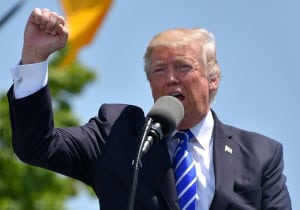
Also worth noting is that there were some presidential elections in the US where no candidate garnered 50% of the total vote, prompting the Electoral College to demonstrate people’s will on that Election day.
Bill Clinton was the main beneficiary of the Electoral College on both occasions. During the 1992 election, when he contested against the incumbent George H.W. Bush, Bill Clinton only garnered 43% of the majority vote. Also, when seeking his re-election, he secured 49.2 % of the nationwide vote, which is 0.8% short of the majority vote.
To Eliminate the Potential of a Nationwide Recount
For an election outcome to qualify for an automatic recount, the difference between the two candidates must be 0.5% and below. In the US presidential elections history, there would have been six elections that have met this threshold, with three of them happening past 1960.
In addition, there have been five elections where the ultimate president lost the popular vote but went on to win the Electoral College. Conducting a nationwide recount would be in excess of $1 billion, which is not always budgeted for. Abiding by the Electoral College allows for the use of elector voters as should be the case rather than depending on tallying individual votes.
To Make it Easier for Candidates to Campaign
For instance, if you’re a Democrat candidate running for the presidency, you don’t have to deplete your resources on states that are traditionally Republican and vice versa.

The fact that specific states and their electoral votes are in the basket of one particular candidate or another makes it pretty easier and more affordable for candidates to campaign seamlessly. This affords them time and resources to commit their efforts to the swing states. Electoral College proponents warn that abolishing it would make US presidential elections extremely expensive than they are today, heightening what some perceive as America’s campaign finance trouble.

Get Smarter on US News, History, and the Constitution
Join the thousands of fellow patriots who rely on our 5-minute newsletter to stay informed on the key events and trends that shaped our nation's past and continue to shape its present.
Wrapping Up
As you can see, the United States’ founding fathers had logical reasons for establishing the Electoral College system. Although not short of controversies, the Electoral College is perceived as a good ideology for American politics.
Why was the Electoral College Established? Quiz
Frequently Asked Questions
Why was the Electoral College created?
How does the Electoral College protect minority rights?
What is the role of the Electoral College in maintaining a two-party system?
How does the Electoral College eliminate the need for a 50% popular vote majority?
Why does the Electoral College reduce the need for nationwide recounts?
How useful was this post?
Click on a star to rate it!
Average rating / 5. Vote count:
No votes so far! Be the first to rate this post.
We are sorry that this post was not useful for you!
Let us improve this post!
Tell us how we can improve this post?

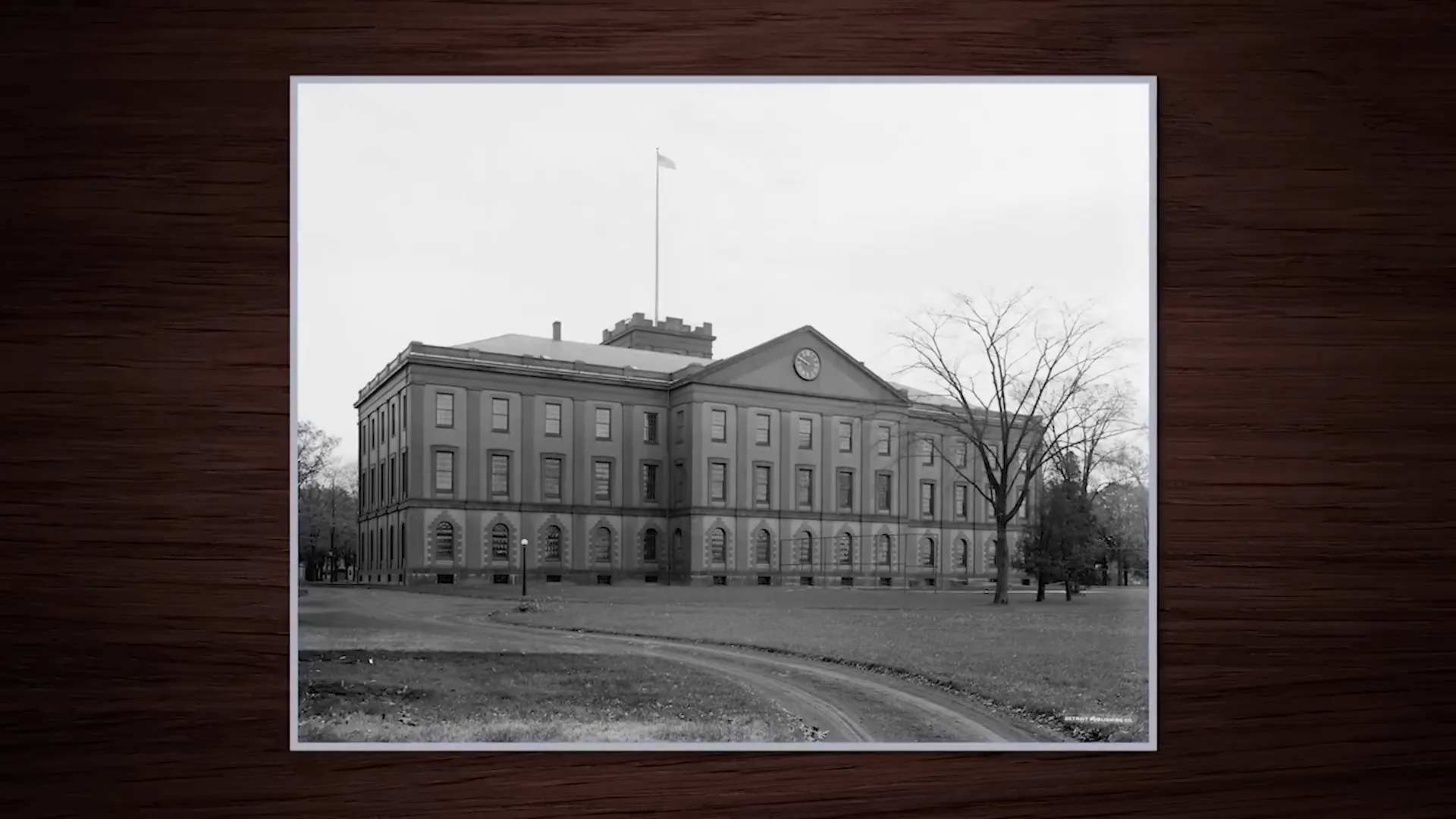
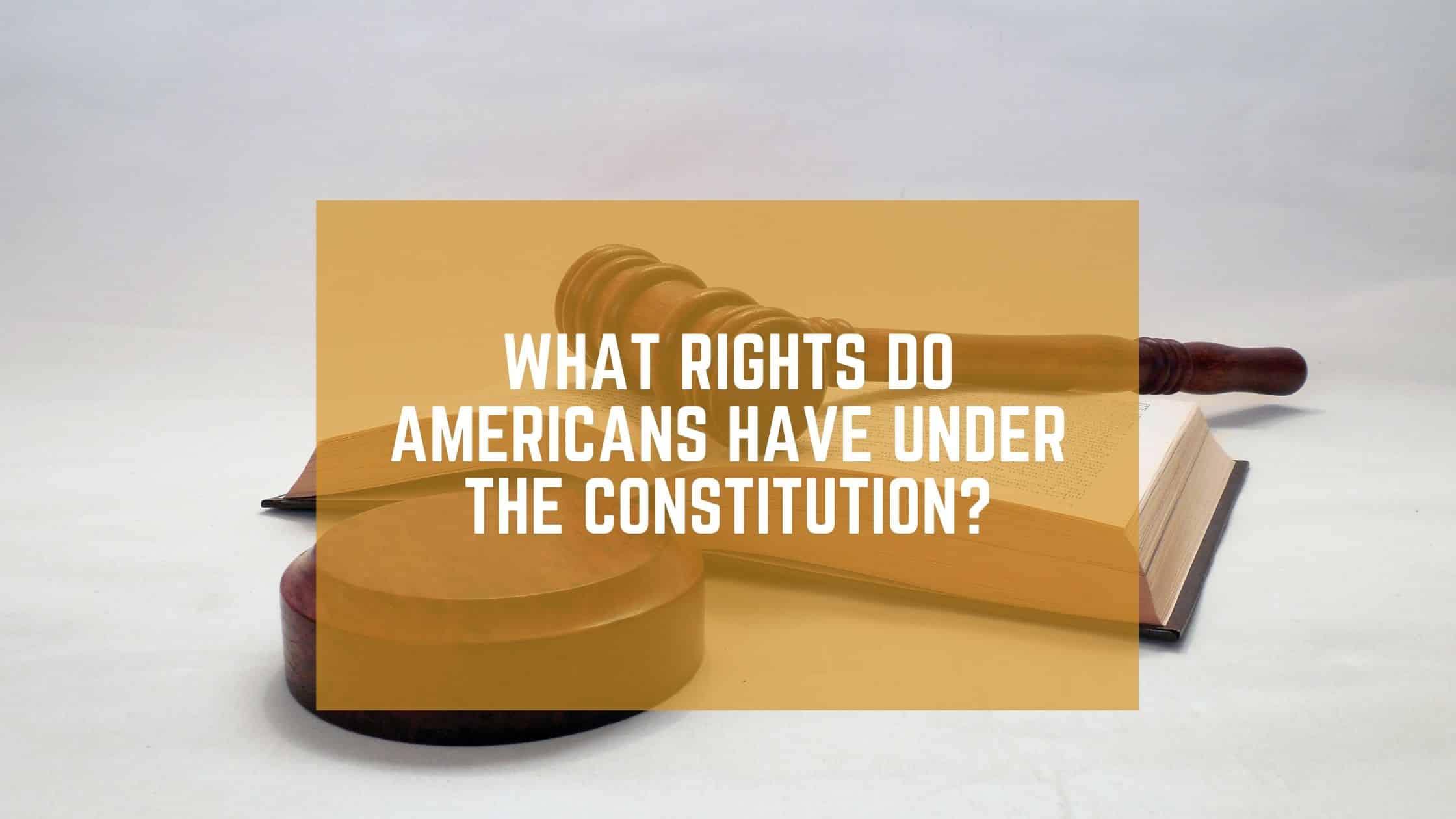
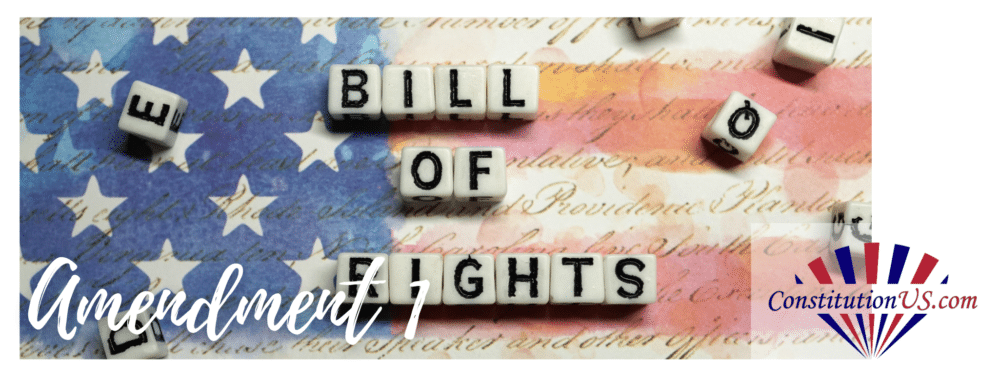
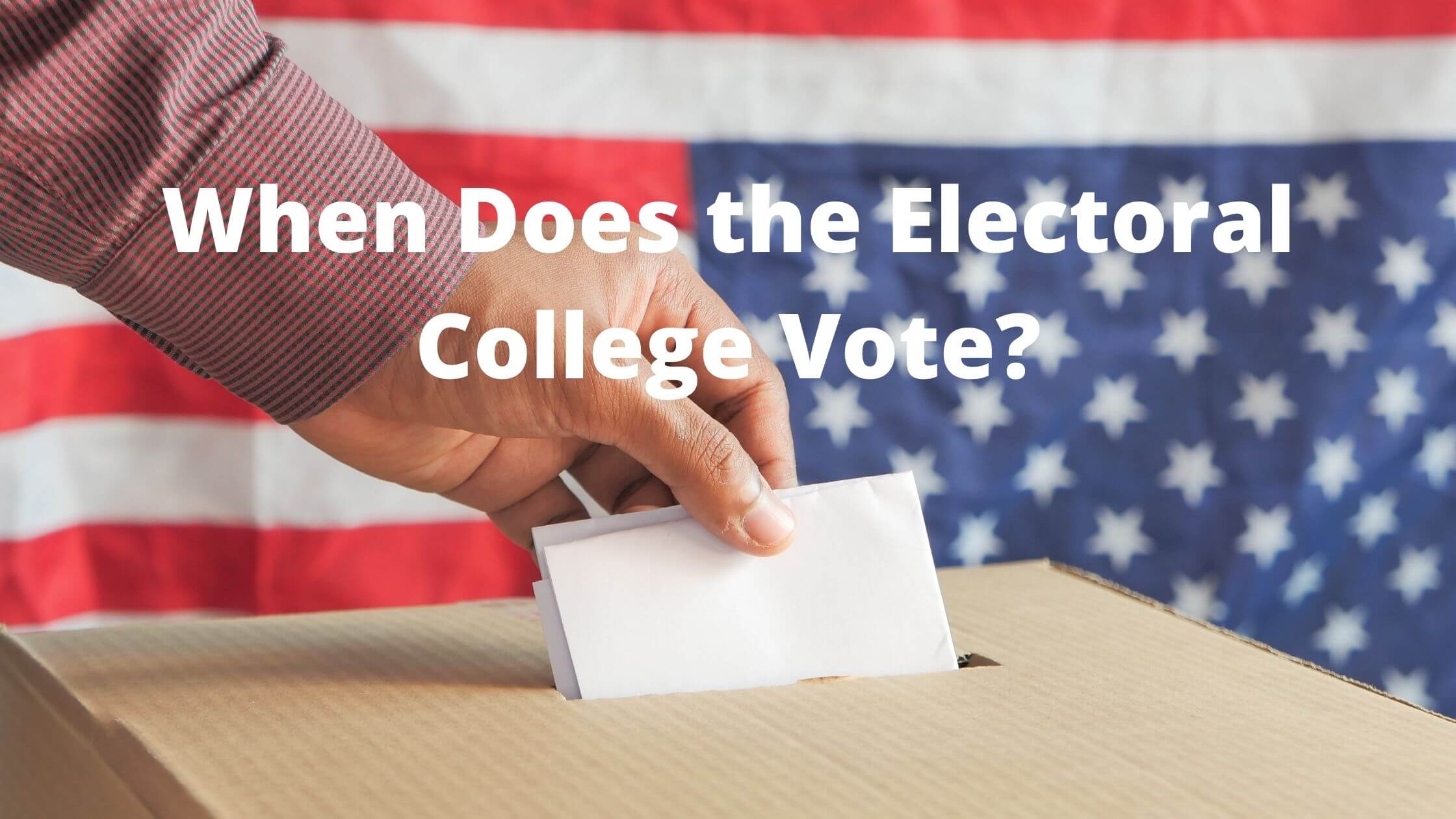
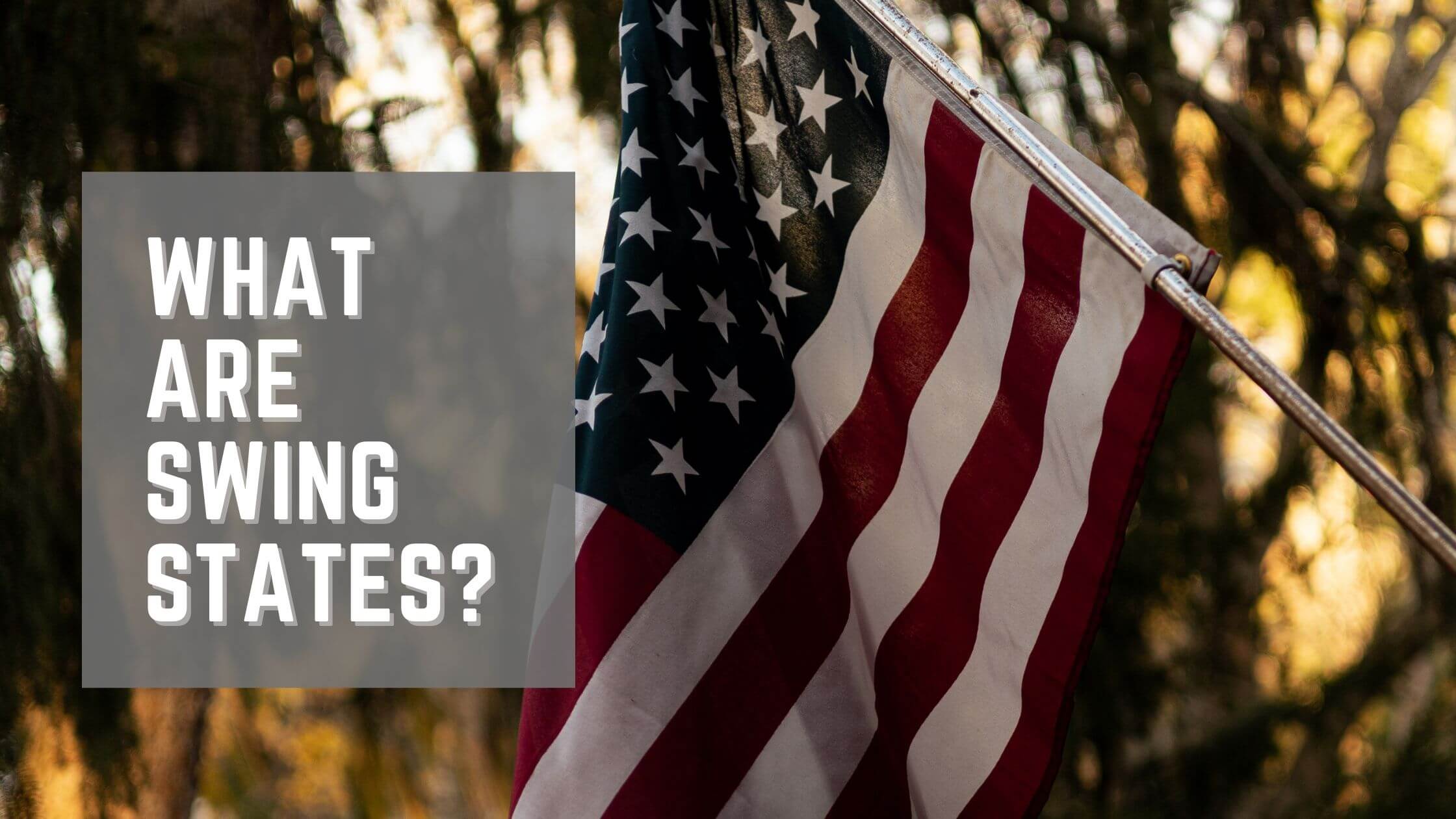
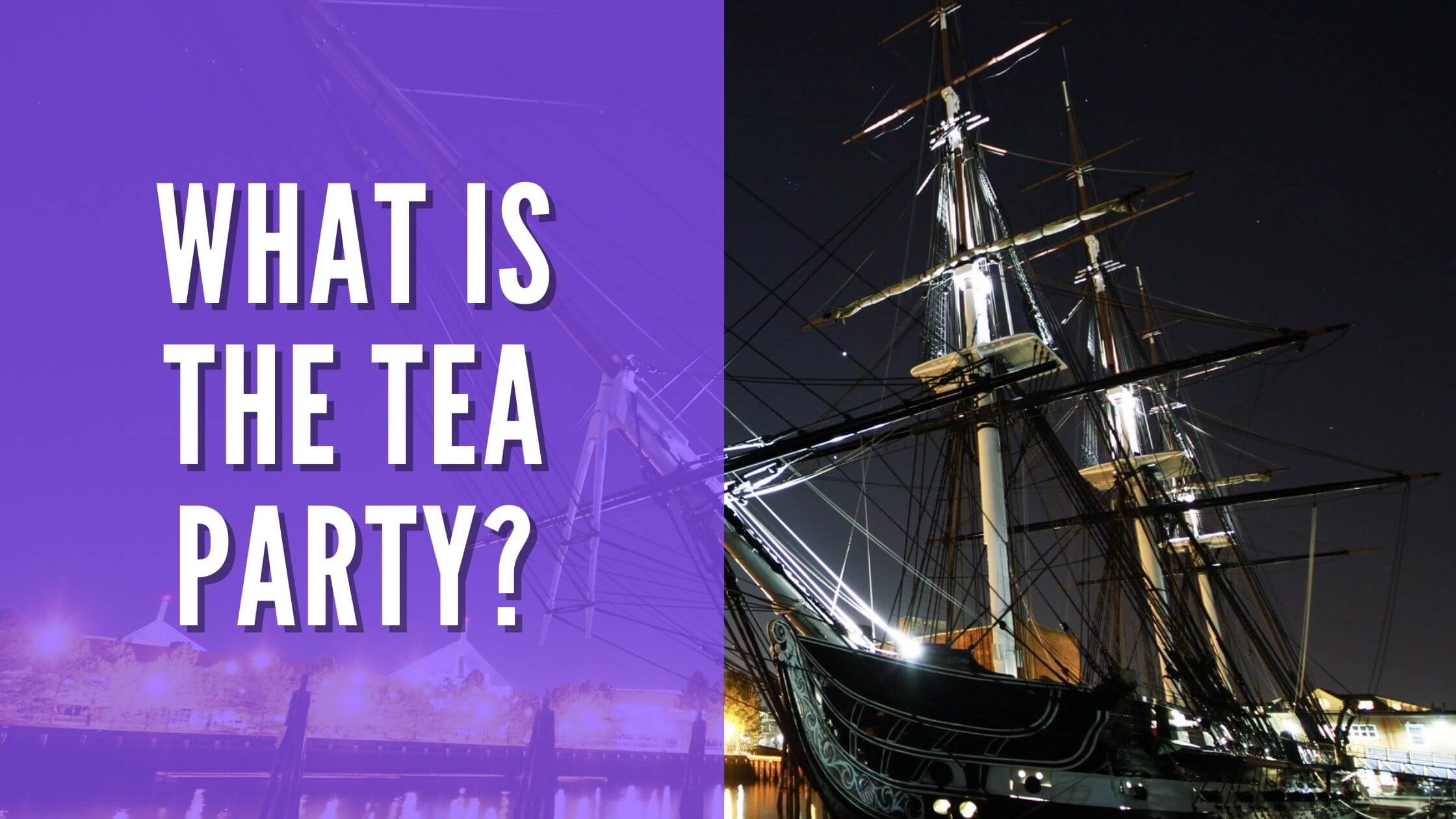
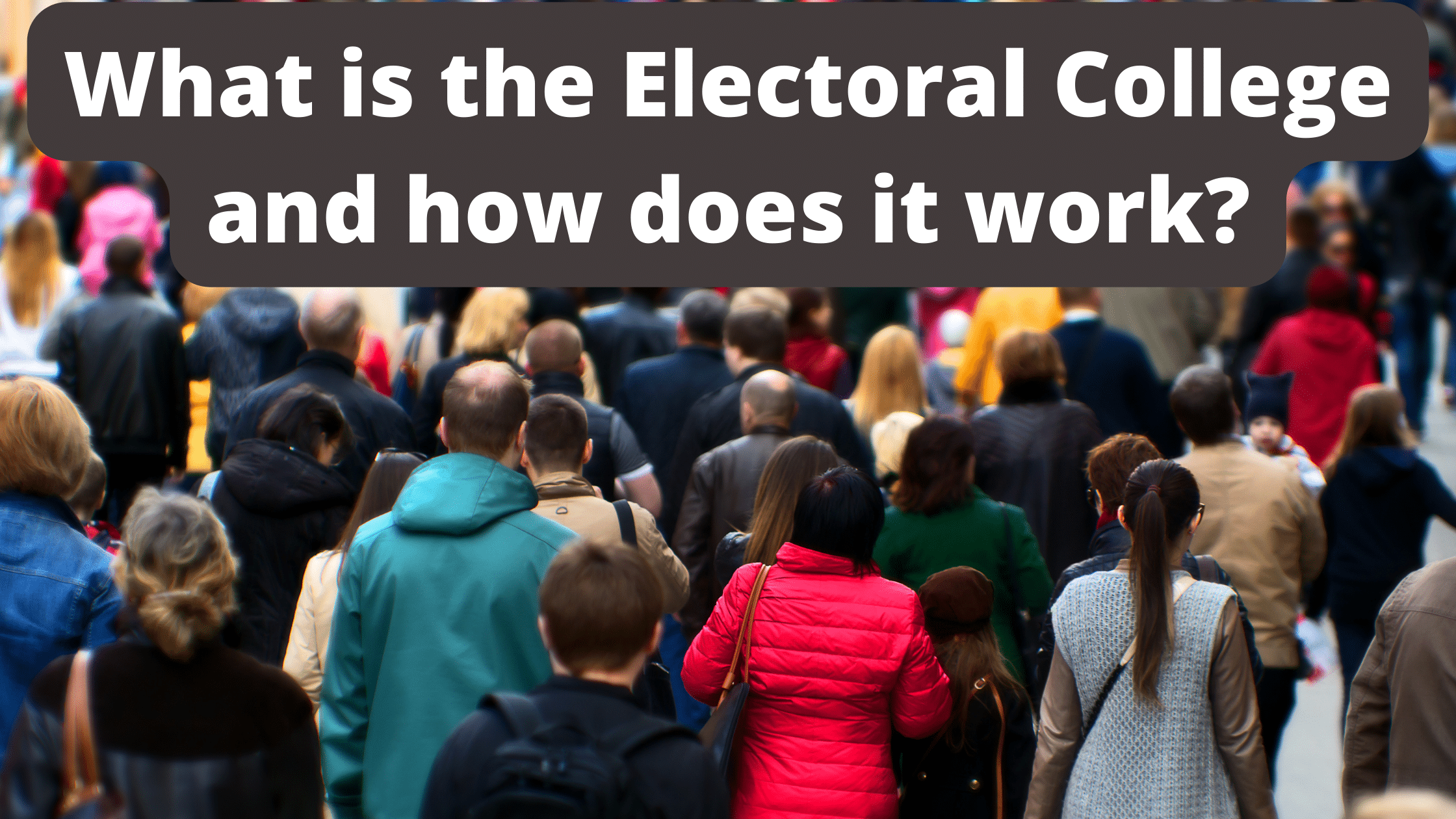
One Response
The only thing that I would like to see about the Electoral College is to do what the States of Maine and Nebraska break the vote along congressional district lines and not winner take all. It is a good and fairer system. It can be done by legislation in each state.